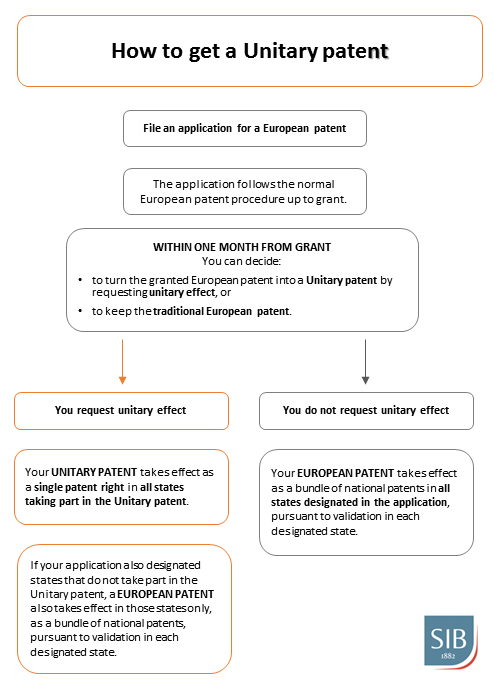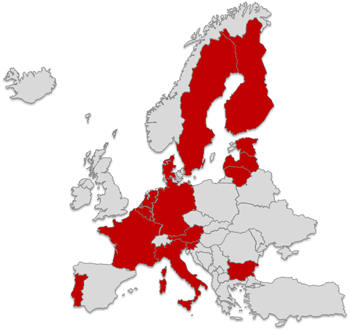 The introduction of the Unified Patent Court and Unitary patent, both in force as of 1 June 2023, is the biggest change in the European patent system since its establishment in 1973.
The introduction of the Unified Patent Court and Unitary patent, both in force as of 1 June 2023, is the biggest change in the European patent system since its establishment in 1973.
If you own or have applied for a European patent, you should be aware of the effect of this change on your rights. Read on for basic information, and contact us for specific queries.
What is the Unified Patent Court?
The Unified Patent Court is a new international court with jurisdiction on Unitary patents and European patents.
In particular, the following actions may be brought before the Unified Patent Court:
- actions for actual or threatened infringement
- counterclaims for revocation
- actions for revocation
- actions for damages
- actions for provisional and protective measures and injunctions.
How many states are covered by the Unified Patent Court and Unitary Patent?
The Unitary patent does not replace the European patent as we know it, but coexists with the European patent and with national patents in individual European states.
Ad from 1 June 2023, available options for patent protection in Europe essentially look like this:
What’s the point of a Unified Patent Court?
Patent protection in Europe has so far been based on the European patent, which does not offer unitary protection: the patent is governed by the European Patent Convention and by the national laws of European Patent Convention member states, and jurisdiction over a European patent lies with the national court of each state in which the European patent is valid.
The Unified Patent Court’s purpose is to issue decisions applicable in all states of validity of a Unitary patent.
It must be noted that the Unified Patent Court has jurisdiction over European patents as well. However, keep in mind that the Unified Patent Court’s jurisdiction extends only to its member states (up to 24 European Union member states).
Consequently, in states that are not members of the Unified Patent Court Agreement, European patents remain under the jurisdiction of the national courts of those states.
And of course national patents granted in European states (whether or not those states are members of the Unified Patent Court) continue to fall under the jurisdiction of national courts.
For queries or assistance on Unitary patent and Unified Patent Court matters, please contact us.
Unitary patent and Unified Patent Court advantages and disadvantages
There is no absolute advantage or disadvantage in the Unified Patent Court and Unitary patent. The opportunity of the new, multi-layered European patent system is choice among a wider range of possibilities, and combinations of such possibilities, in the implementation of patent filing, enforcement and defence strategies.
The Unitary patent’s main selling point lies in the lower costs for filing and maintenance, but naturally this is true if there is an interest to obtain protection in a minimum number of European Union states, and the advantage of lower costs must be weighed for each case against possible disadvantages, such as the risk of central revocation and high litigation costs.
The Unified Patent Court’s main advantage is the single jurisdiction, which can eliminate the need to bring parallel infringement actions before national courts in several European jurisdictions, or in any case reduce the number of such actions;
One very obvious disadvantage of placing a European patent under a single jurisdiction, on the other hand, is that the all-your-eggs-in-one-basket effect: it makes much easier for a competitor to obtain revocation of the patent in all, or in any case several, states of validity through a single revocation action.
Another most important caveat is the higher cost, in some cases much higher, of Unified Patent Court proceedings compared to national proceedings in European states.
Greater choice and complexity will of course bring challenges. This is especially true at the outset of the new system.
Owners of granted European patents or of European patent applications must decide whether or not to opt out of the Unified Patent Court.
For queries or assistance on Unitary patent and Unified Patent Court matters, please contact us.





